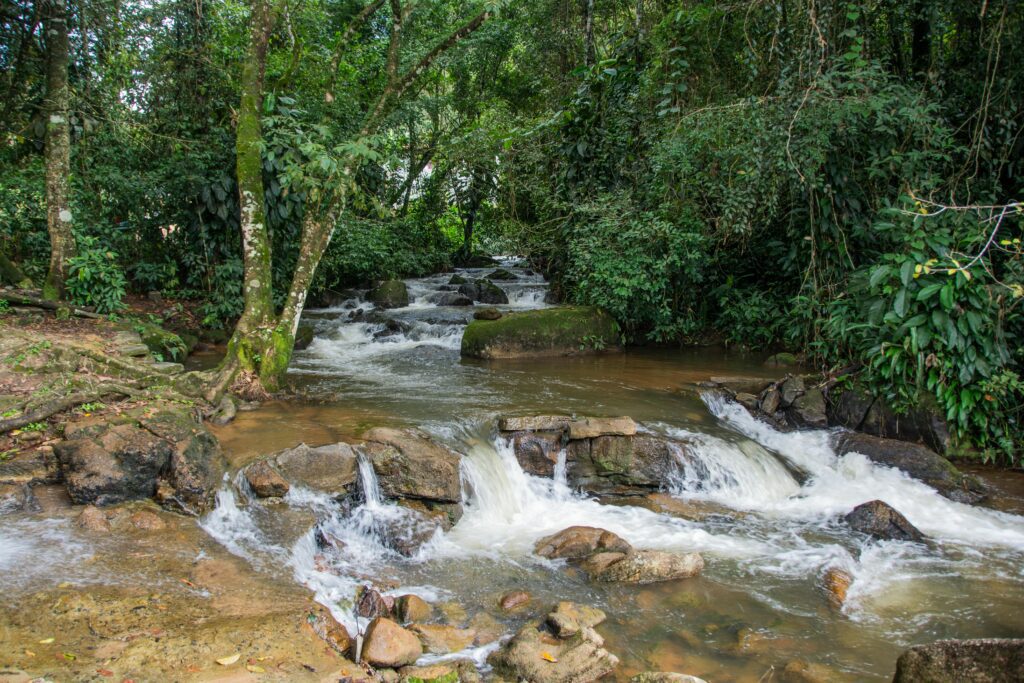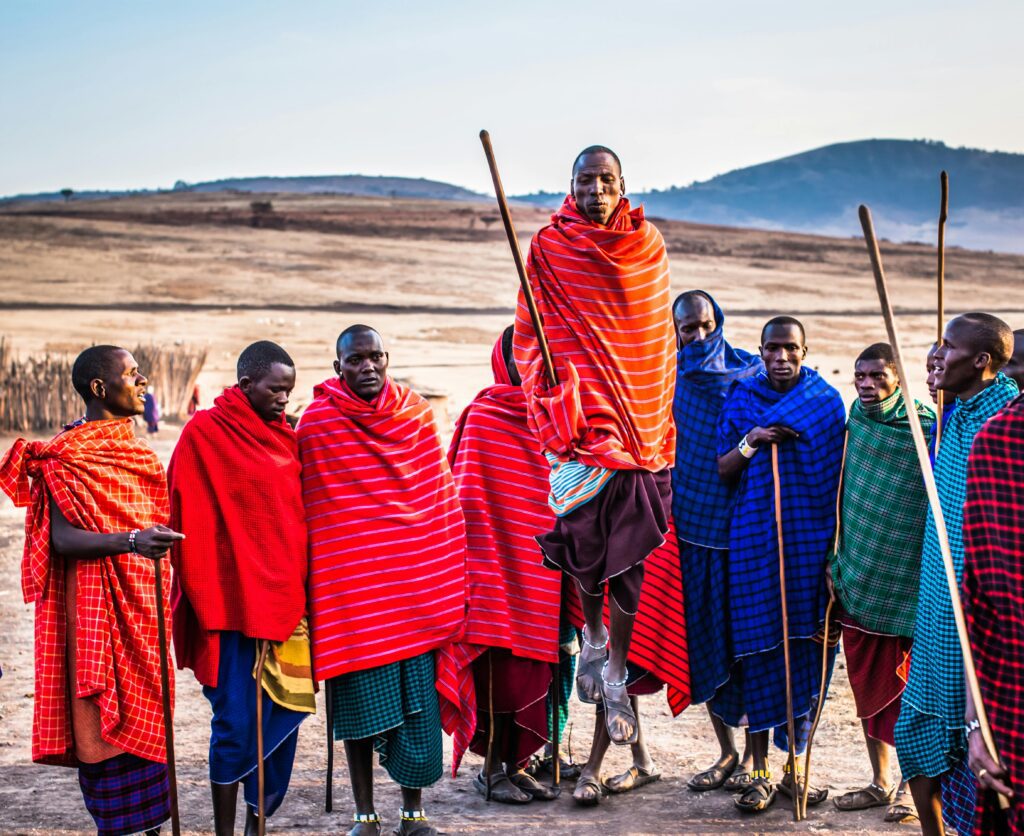Discover essential tips for your Bonito adventure. Maximize your trip with practical advice through this Bonito Travel Guide. Plan & explore with confidence – dive in now!
Introduction: Why Bonito Should Be Your Next Adventure
As I floated in the crystalline waters of Rio da Prata, sunlight danced on the riverbed, illuminating schools of golden dorado fish—a surreal contrast to city life. The water was so clear it felt like flying, every pebble and leaf magnified beneath me. This is Bonito, Brazil, the country’s ecotourism crown jewel in Mato Grosso do Sul, where nature thrives in its purest form.
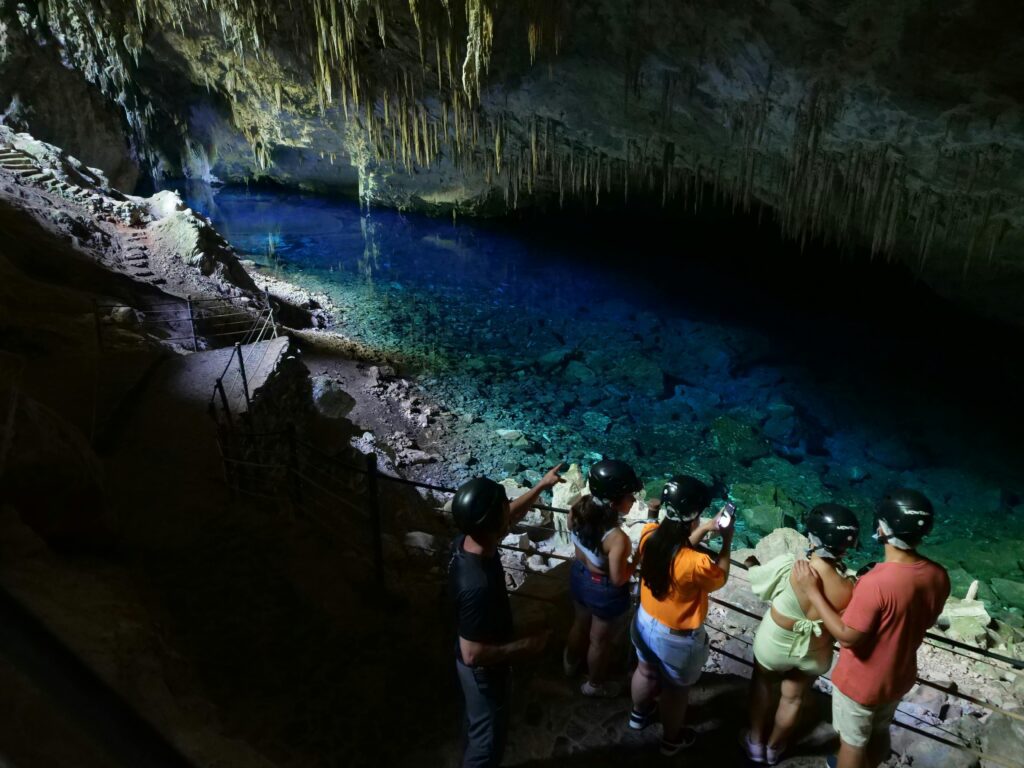
Bonito Travel Guide Adventures
Bonito isn’t just a destination; it’s an immersive lesson in sustainable travel. From snorkeling in Rio Sucuri’s glass-like waters to rappelling into the Abismo Anhumas cave, every experience is designed to minimize human impact while maximizing wonder. The town’s commitment to conservation is palpable—plastic bags are banned, biodegradable sunscreen is mandatory, and visitor numbers are tightly controlled.
Key Highlights:
✔ Best Time to Visit: April–September (dry season) for clearest waters
✔ Top Attractions: Rio da Prata, Gruta do Lago Azul, Abismo Anhumas
✔ Unique Appeal: UNESCO-recognized sustainable tourism practices
Pro Tip: Book tours 3+ months in advance—Bonito limits daily visitors to protect its ecosystems.
Ready to explore? Let’s dive into the ultimate Bonito travel guide.
Map of Bonito
Planning Your Trip to Bonito
Best Time to Visit Bonito
- Dry Season (April–September): Ideal for snorkeling (water visibility up to 50 meters). Temperatures: 18°C–28°C (64°F–82°F).
- Wet Season (October–March): Lush landscapes & roaring waterfalls, but some trails close due to rain.
Local Insight: June–August is peak season—expect higher prices but perfect conditions.
How to Get to Bonito
- By Air: Fly to Campo Grande (CGR), then take a 4-hour shuttle (~R$120) or rent a car.
- By Bus: Direct buses from São Paulo (14h) or Rio (18h) via Viação Cruzeiro do Sul.
Getting Around Bonito
- Taxis: Reliable but pricey (~R$80 to Gruta do Lago Azul).
- Tour Transfers: Most agencies include transport.
- Rental Cars: ~R$150/day (recommended for flexibility).
Pro Tip: Download offline maps—cell service is spotty in rural areas.
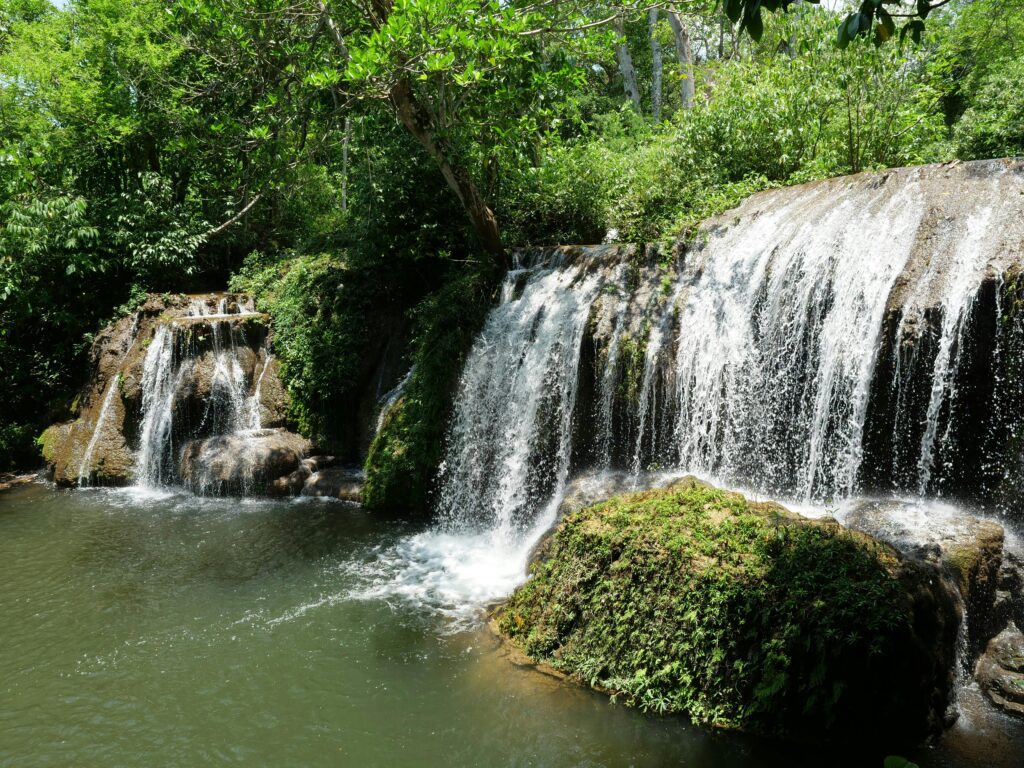
Waterfall in Bonito, Brazil
Essential Items to Pack for Bonito
Bonito’s tropical climate and eco-rules require smart packing:
Clothing & Gear
- Quick-dry clothing (avoid cotton—it stays wet for hours)
- Sturdy water shoes (rocks can be slippery)
- UV-protective swimwear (sun is intense even underwater)
- Lightweight rain jacket (sudden showers are common)
Eco-Friendly Essentials
- Reusable water bottle (single-use plastics are banned)
- Biodegradable sunscreen (chemicals harm marine life)
- Dry bag (protect phones/cameras during water activities)
Personal Anecdote: I forgot waterproof sandals and ended up renting a pair for R$30 at Rio da Prata—pack wisely!
3-Day Bonito Itinerary: The Perfect Adventure
Day 1: Rivers & Caves
- Morning: Snorkel at Rio Sucuri (R$220; 2-hour float among neon fish).
- Afternoon: Explore Gruta do Lago Azul (R$65; sapphire cave lake).
- Evening: Dine at Casa do João (try pacu ribs, a local fish specialty).
Day 2: Thrills & Wildlife
- Morning: Rappel into Abismo Anhumas (R$450; 72-meter descent).
- Afternoon: Hike at Boca da Onça (R$180; Brazil’s tallest waterfall).
- Evening: Night safari at Buraco das Araras (R$90; spot macaws at sunset).
Day 3: Relaxation & Culture
- Morning: Float down Rio da Prata (R$245; best for beginners).
- Afternoon: Visit Balneário Municipal (R$20; natural pools).
- Evening: Souvenir shopping at Feira de Artesanato.
Insider Tip: Swap Day 3 for Bonito Pantanal Tour if you love wildlife.
Safety & Cultural Etiquette in Bonito
Safety Tips
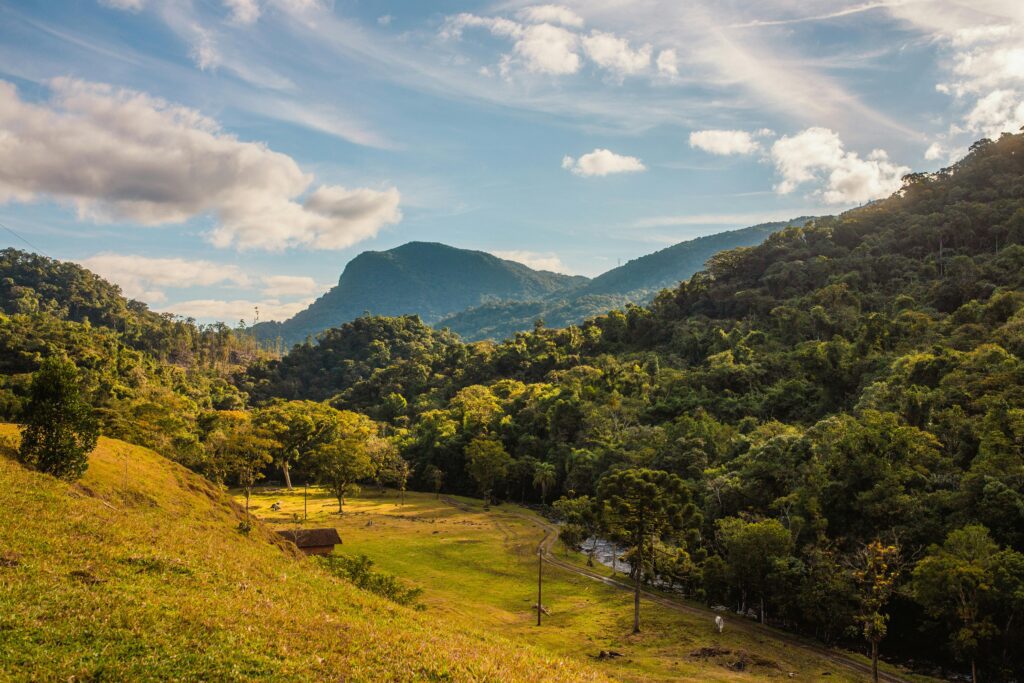
- Wildlife: Don’t touch animals (even harmless-looking fish).
- Water Safety: Always follow guides—currents can be deceptively strong.
- Cash: Carry small bills (R$50+ notes are hard to break).
Cultural Do’s & Don’ts
✔ Do tip guides (10% is standard).
✔ Do greet locals with “bom dia” (good morning).
✖ Don’t stray from marked trails (protects fragile ecosystems).
Budget Breakdown for Bonito
| Expense | Cost (R$) | Notes |
|---|---|---|
| Hostel | 80–120/night | Dorm beds at Bonito HI Hostel |
| Mid-Range Hotel | 250–400/night | Zagaia Eco Resort has pools |
| Tours | 200–450/day | Book combos for discounts |
| Meals | 30–80/meal | Prato feito (set meals) are cheapest |
| Transport | 20–150/day | Taxis add up; rent a car for groups |
Total for 5 Days: ~R$2,000 (budget) to R$4,500 (luxury).
Frequently Asked Questions (FAQ)
1. Is Bonito safe for solo travelers?
Yes! Crime rates are low, and tour groups provide built-in companionship.
2. Can I visit Bonito without a tour guide?
No—most attractions require licensed guides to protect the environment.
3. Are there ATMs in Bonito?
Yes, but they often run out of cash. Withdraw money in Campo Grande.
4. What’s the best tour for non-swimmers?
Buraco das Araras (birdwatching) or Estância Mimosa (gentle waterfalls).
5. How’s the Wi-Fi in Bonito?
Spotty. Buy a Claro SIM card for better coverage.
Final Thoughts: Why Bonito is Unmissable
Bonito redefined how I see ecotourism—where adventure meets conservation. Whether you’re gliding over neon fish in Rio Sucuri or descending into Abismo Anhumas’ depths, every moment feels like a privilege.
Ready to experience it yourself? Start planning your Bonito trip today—spaces fill fast!
Need more Brazil inspiration? Check out our guides to Pantanal Wildlife and Chapada Diamantina Hikes.
Keywords:
Bonito travel things to do in Bonito when is the best time to visit Bonito Bonito Brazil attractions what are the top tours in Bonito

